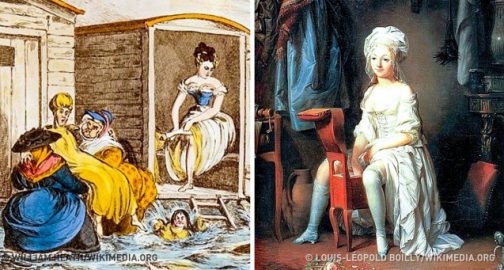
There are certain things in our history that are not only well-known but actually sound rather disturbing. Have you heard that women had to fight for their right to smoke in public or that medicine for children used to contain morphine?
We at Bright Side have collected some interesting facts about our past that will let you consider how life was back then from a different perspective.
Women had to fight to smoke in public.
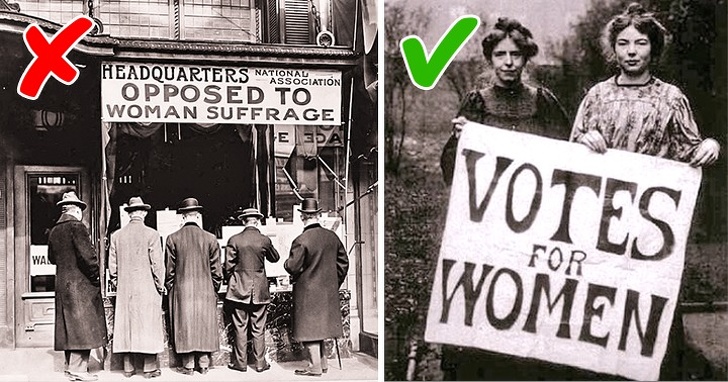
It wasn’t always accepted for women to smoke in public. In fact, in the early part of the 20th century, the anti-tobacco movement was aimed mainly at women and children. Smoking was thought to be a dirty habit and smoking by women was seriously condemned by society.
As the times changed, so did women’s desire for equality. The suffrage movement was not only directed toward the right to vote but toward women’s rights in general.
Despite tough opposition to this movement, it did succeed. As a result, it gave many women a sense of entitlement and freedom and the tobacco industry took advantage of the marketing opportunity. Tobacco companies began marketing cigarettes to appeal to women during the burgeoning women’s movement of the 1920s.
Bidets were used by Royals in the past.
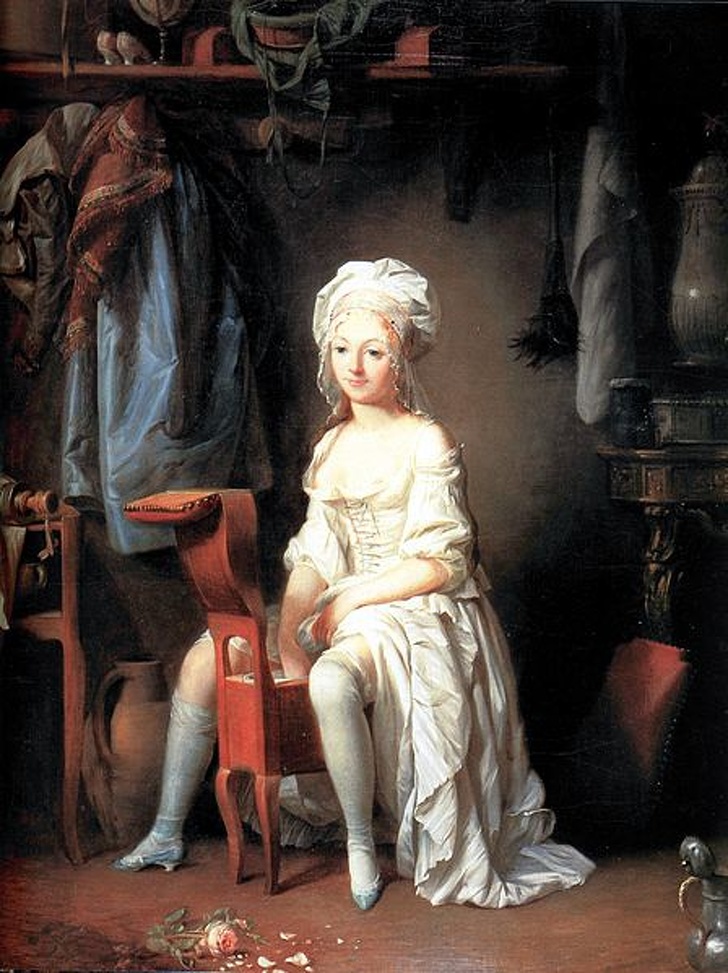
Surprisingly, a prototype of a modern bidet existed in the past. It was an invention of French furniture makers in the 17th century. It’s recorded that Maria Carolina of Austria and Queen of Naples and Sicily requested a bidet for her room in the Royal Palace.
Bidets, along with chamber pots that were located right in the bedroom, were almost the only way to maintain personal hygiene. Though, we wouldn’t find the word “hygiene” really appropriate here, since full chamber pots were left in the bedroom for the whole night. No one cared about the smell. However, the worst part is linked with another fact mentioned later in this article: the contents of them were often emptied right out of the window and onto the street.
Gowns were used for public bathing.
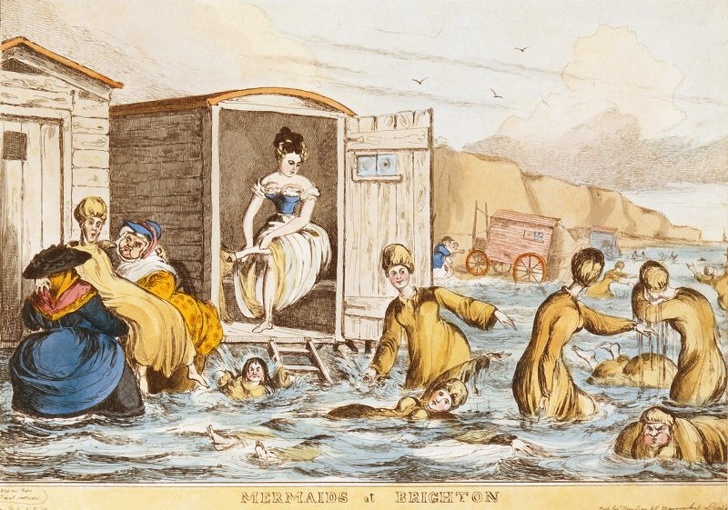
“Bathing gowns,” as they were called back then, in the late 18th century, were used for public bathing, which was the most common method of maintaining hygiene at the time. In fact, these “bathing machines” were basically 4-wheeled carriages that were rolled out into the water so that the bather could be in utmost modesty.
Children’s cough syrup used to contain morphine.

Mrs. Winslow’s Soothing Syrup was a popular medicine supposedly compounded by Mrs. Charlotte N. Winslow. The most interesting about it that it mainly consisted of morphine. It was claimed that it was “likely to sooth any human or animal,” and it was effectively used to treat teething in infants and children. It was widely marketed in the UK and the US.
In 1911, the American Medical Association published an article on the harm of the syrup, but the product was, nevertheless, not withdrawn from sale until 1930.
Arabic Numerals were invented by Indians.

Arabic numerals, also called Hindu-Arabic numerals today, are the most common system for the symbolic representation of numbers in the world. Despite the name, it was created by Indian mathematicians around 500 AD.
However, the system was soon adopted by Arabic mathematicians in Baghdad and passed on to the Arabs farther west. And later on, the use of Arabic numerals spread around the world through European trade, books, and colonialism.
Animals were put on trial in the Middle Ages.
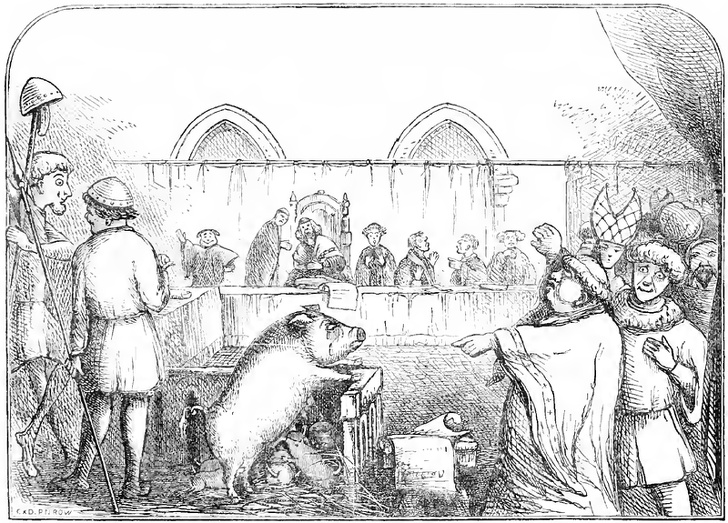
Animals in the middle ages were put on trial across many parts of Europe. The earliest evidence of an animal trial is the execution of a pig in 1266 at Fontenay-aux-Roses. Shockingly, these kinds of trials remained part of many legal systems until the 18th century.
Animal defendants appeared before both church and secular courts, and the offenses against them ranged from murder to criminal damage. Human witnesses were often heard and in Ecclesiastical courts, the animals were routinely provided with lawyers. If convicted, it was usual for an animal to be executed or exiled. However, in 1750, a female donkey was acquitted of charges of bestiality due to witnesses to the animal’s virtue and good behavior while her co-accused human was sentenced to death.
Wigs were infested with lice.
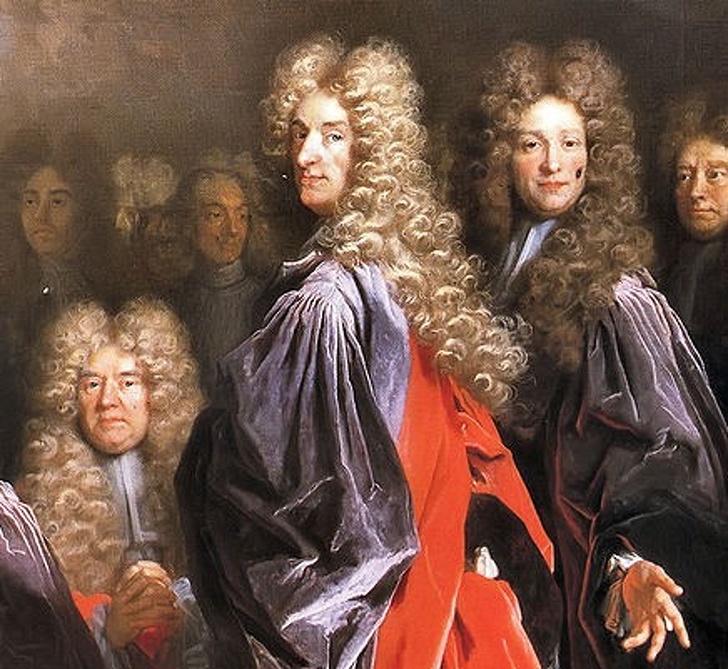
It’s not very surprising that the wigs of high-status people used to be infested with lice. Moreover, animal fat was used to help them keep their shape, so they smelled bad and often caught fire.
Medieval streets were really dirty.
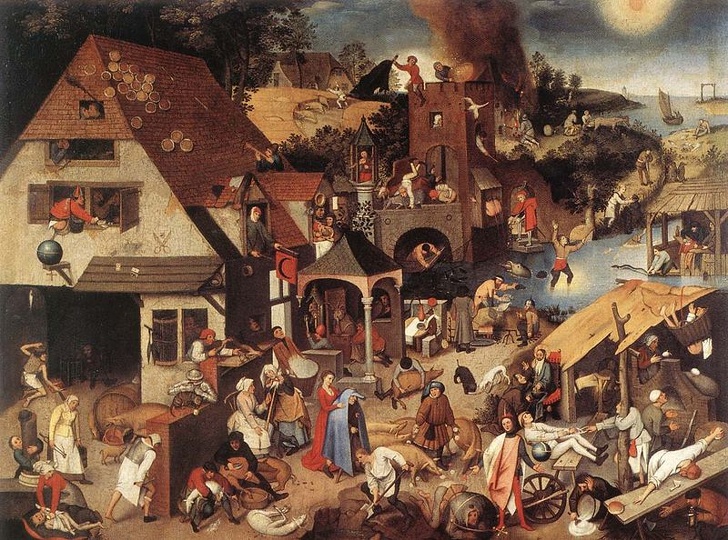
Up until the 18th century, street cleaning wasn’t implemented. That’s why most medieval streets, which are nowadays considered co charming and beautiful, were covered with feces (both human and animal), urine, animal corpses, and rotting food. It’s quite disturbing to imagine how bad the smell was.
Swastika used to be the symbol of good.

The swastika has a history of over 3,000 years, during which it actually commonly symbolized goodness and peace before the Nazis in Germany gave it a different meaning. Many ancient cultures all over the world, including early Christians, Jews, Hindus, Buddhists, and even Native Americans, still use various interpretations of it.
Caligula made a horse a senator.
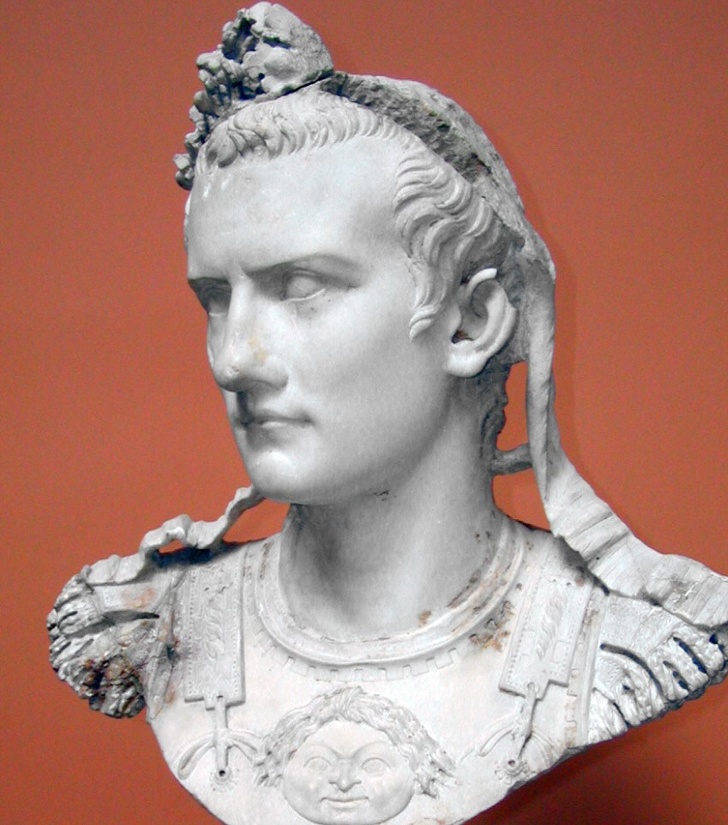
Roman Emperor Gaius, known as Caligula, used his unlimited power to make his favorite horse a senator. The horse’s name was Incitatus, the Latin word for “swift” or “at full gallop.” Thanks to this story, the word Incitatus has for centuries been an allegorical figure when referencing examples of political ineptitude.
However, historians suggest that the treatment of Incitatus by Caligula was a prank, by which he intended to provoke the Senate instead of an act of insanity and a display of his love for his horse. Maybe it was even a satire to show that even a horse could perform a senator’s duties.
Kim Jong-il was an artistic person.

Former North Korean leader Kim Jong-il was really keen on music and even composed about 6 operas during his rule. Moreover, he wrote a book, On the Art of the Cinema, which is considered the most authoritative work on North Korean filmmaking. He is an author of many other literary books, as well.
Ancient dentures were made of dead soldiers’ teeth.
Ancient dentistry wasn’t even supposed to be that good, but the interesting thing is that before the mid-19th-century, dentures were made entirely of teeth pulled from the mouths of dead soldiers.
Do you know of any other interesting historical facts? Share you answers in the comments below!
Preview photo credit William Heath/wikimedia.org, Louis-Léopold Boilly/wikimedia.org











